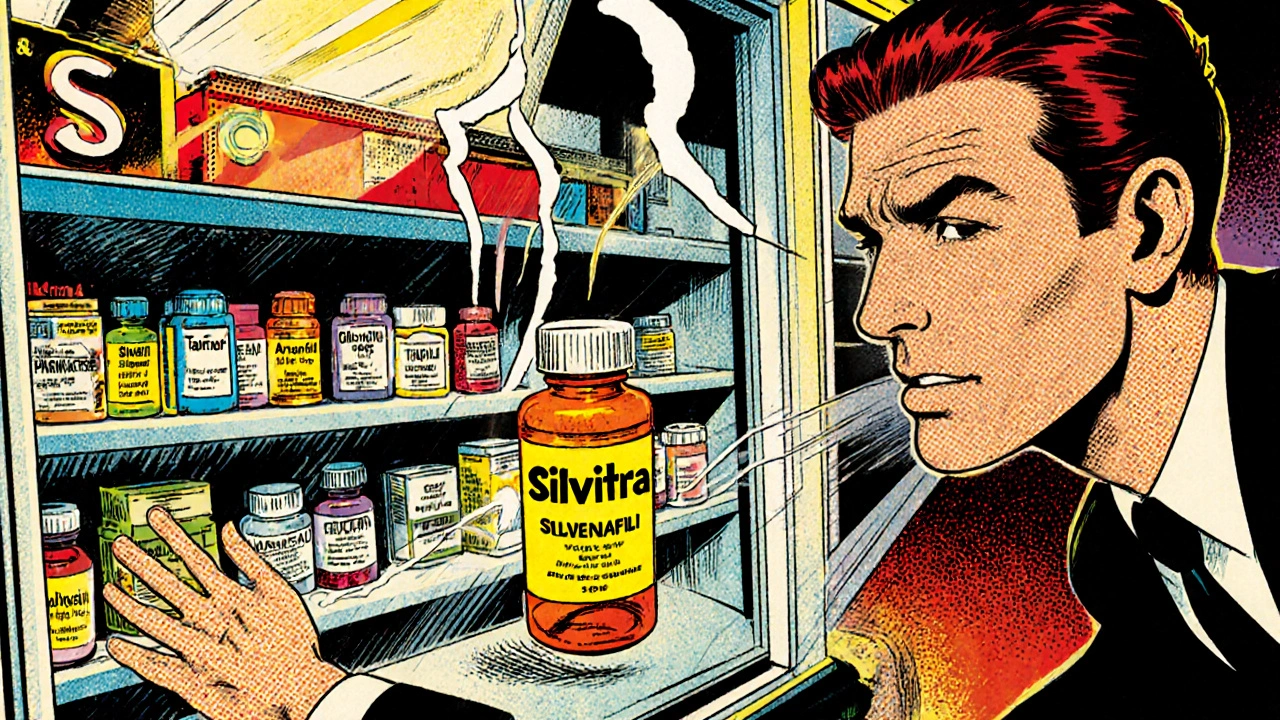Alternatives: How to choose safer, cheaper, and effective substitutes
Looking for a different option than your current medication? You’re in the right place. This tag collects clear, no-nonsense guides that compare prescription drugs, generics, natural choices, and practical treatment swaps so you can make smarter decisions with real facts—not hype.
Expect straight talk about what works, what’s approved by regulators, and what only sounds good in theory. For example, we cover Symbicort generics and how they differ from brand inhalers, real alternatives to Propecia for hair loss, and safe substitutes for common antibiotics like Cephalexin. You’ll find pros, cons, typical side effects, and who shouldn’t use each option.
How we evaluate alternatives
We look at five key things: clinical effectiveness, regulatory approval, side effect profile, ease of use, and cost/availability. That means we don’t just list substitutes—we explain when a swap makes sense. Want to replace propranolol for performance anxiety? We compare prescription beta-blockers, therapy options, and OTC supports so you can weigh risks and benefits. Thinking about terbinafine alternatives for a nail fungus? We explain options like amorolfine, how often you must apply them, and where they’re actually available.
When a natural option shows up, we ask for evidence. Articles like “Natural DHT Blockers for Hair Loss” and “Natural and OTC Alternatives to Beta-Blockers” break down studies, expected results, and realistic timelines. That keeps you from chasing promises that rarely pan out.
Simple tips to pick the right alternative
1) Check approval and guidance. If a drug isn’t approved in your country, there may be safer local options. 2) Match the alternative to the condition—not just the symptom. Some substitutes ease short-term symptoms but don’t treat the underlying issue. 3) Compare side effects and interactions—especially if you take other meds. 4) Think about delivery: pills, inhalers, topical, or injections can change how well something works for you. 5) Talk to a clinician before switching. Even well-documented alternatives can carry risks for people with specific health conditions.
This tag includes practical reviews like “Top 10 Alternatives to Amoxil,” breakdowns of online pharmacy options, and targeted swaps such as “Exploring Six Alternatives to Ventolin.” Use the titles in this list to jump straight to the topic you need. Each post gives concrete steps: what to ask your doctor, what to expect, and how to get safer access—whether through generics, different drug classes, or non-drug strategies.
If you want help narrowing choices for a specific condition, search the tag for that condition or drug name. Read the comparison posts, note the safety flags, and prepare questions for your prescriber. Changing medication is routine, but doing it with clear info makes it safer and more effective.
Want a quick suggestion? Start with the article that matches your drug name or condition, then read one comparative piece and one safety-focused review before you act. That small amount of homework can save time, money, and worry.
Compare Elavil (Amitriptyline) with Alternatives: What Works Better for Pain, Sleep, and Depression?
Compare Elavil (amitriptyline) with modern alternatives for depression, nerve pain, and sleep. Learn which options are safer, more effective, and better tolerated-based on current UK guidelines and real patient experiences.
Silvitra vs Other ED Drugs: Full Comparison of Sildenafil, Vardenafil & Alternatives
A detailed comparison of Silvitra (Sildenafil, Vardenafil) versus major ED drugs, covering efficacy, cost, safety, and best-use scenarios for informed decisions.
Exploring 7 Alternatives to Inderal: A 2025 Perspective
In the ever-evolving landscape of medical treatments, finding effective alternatives to traditional medications such as Inderal is crucial. This article sheds light on seven promising substitutes in 2025, each with unique benefits and drawbacks. From calcium channel blockers to beta-blocker variants, these options cater to diverse patient needs. Learn about their pros and cons to make an informed choice. A comprehensive comparison table offers a quick overview of these alternatives.



